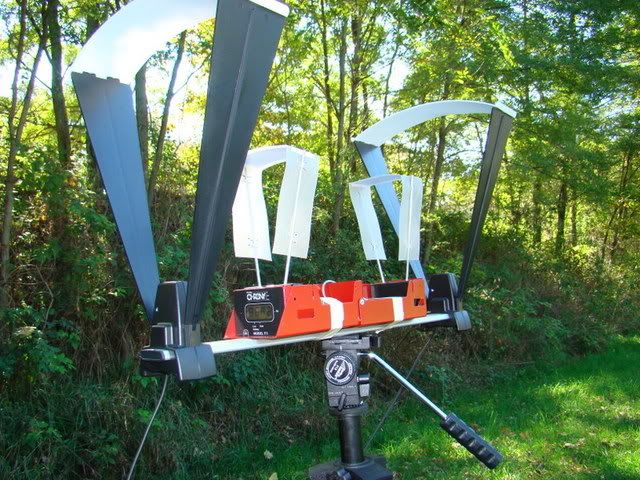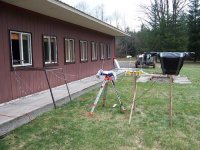B
bluechip
Guest
My chrono readings are a couple of hundred FPS less than the advertised speeds in the reloading manuals for a given powder weight and bullet weight. Possibly I could get with several other people that own different brands of chrono's and line a few up to test for differences, or is there a better way?



